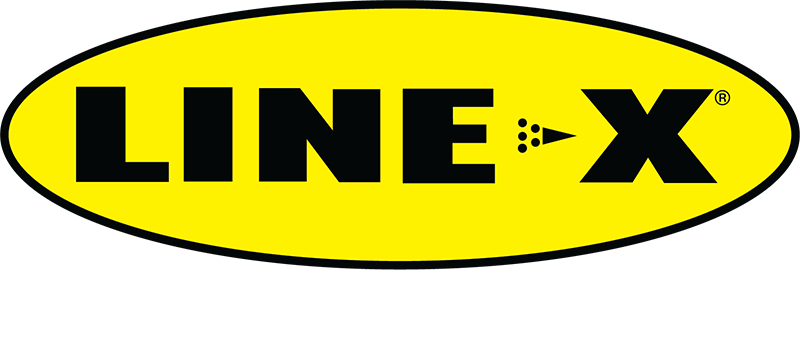Unless you are installing a lift or leveling kit, you probably don’t give your vehicle’s suspension too much thought. However, the suspension is an extremely important element to your vehicle’s operation. It’s often overlooked but requires maintenance for the entire life of your vehicle.
Why exactly is the suspension so important to a vehicle’s function and what exactly does it do? The suspension is made of the parts that control the wheel. Anytime you go over uneven ground, a pothole, or rough terrain, the suspension is hard at work keeping the vehicle from shifting and ensuring all wheels stay on the ground.
A vehicle’s suspension includes the following parts:
1
Shock Absorbers
Shock absorbers are tube-shaped pistons filled with nitrogen. These pistons support the spring by expanding and contracting to reduce any impact you may feel from a bump in the road.
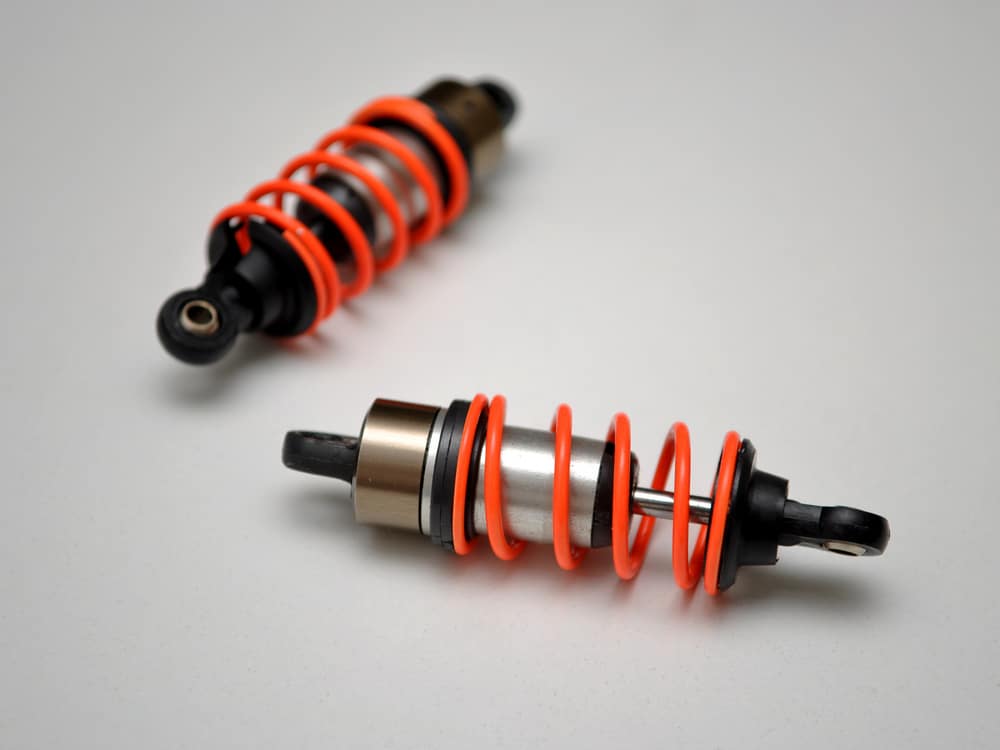
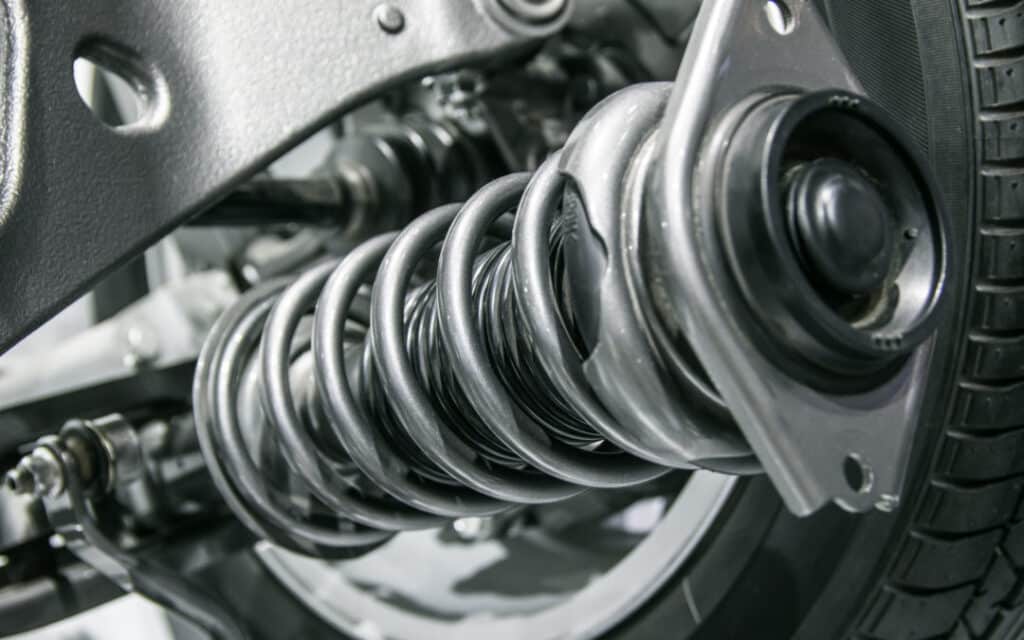
2
Coil Springs
Coil springs are positioned around the shock absorber and take a lot of the road impact.
3
Struts
Struts include a shock absorber and spring together to provide structural support. Not every vehicle has struts.
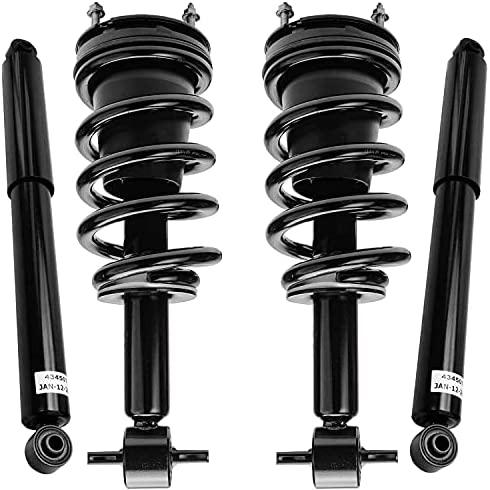
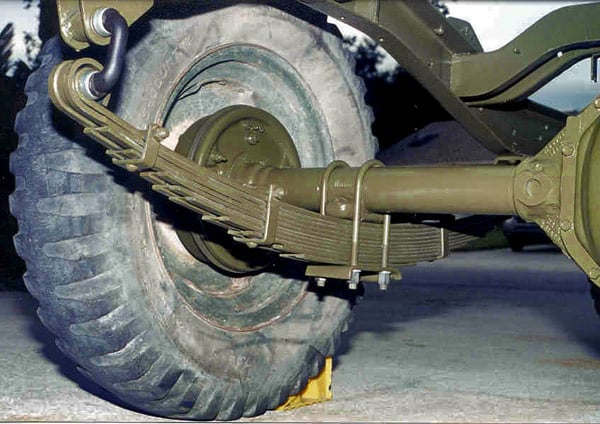
4
Leaf Springs
Made up of several plates of curved metal that are clamped together, leaf springs are installed on a vehicle to minimize vibrations. Leaf springs are typically found on a vehicle that has a solid rear axle.
5
Tires
Tires are an important part of your vehicle’s suspension. They are the only suspension elements that touch the ground. For that reason, your tires take a lot of impact from the road before the shocks and struts.
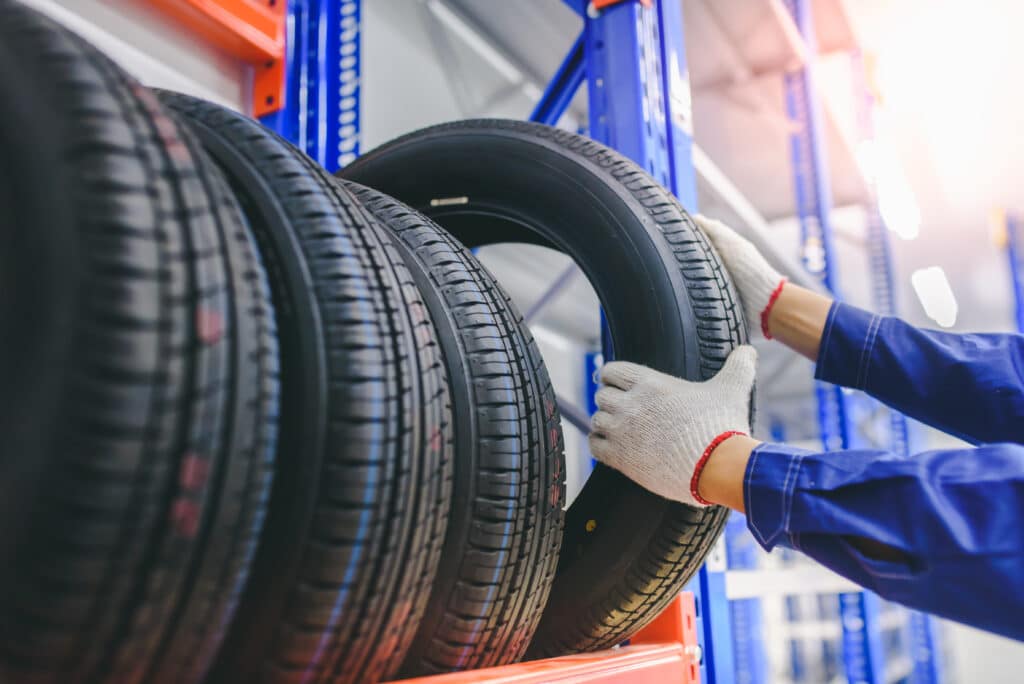
With that many elements contributing to the proper functioning of a vehicle’s suspension system, it’s imperative to ensure each part gets the necessary maintenance. Your vehicle’s suspension doesn’t only impact your car or truck’s movement, but also determines the how well other vehicle parts work. Additionally, your vehicle’s suspension can impact the safety of your ride. Without proper suspension, you will have a higher risk of accident and/or damage to your vehicle.
A proper suspension maintenance schedule looks like this:
- Every 1,000-3,000 miles, check tire inflation and tread depth.
- Check the power steering fluid levels, brake fluid, and water at every oil change.
- Rotate your tires every other oil change.
- Align the wheels at every tire change and every 15,000-30,000 miles.
- Check all suspension elements for wear every 15,000 miles.
- If the vehicle is in any type of accident, have all suspension components checked for damage.


If you aren’t sure if your vehicle’s suspension needs maintenance, keep an eye out for these warning signs:
- Your tires show uneven wear.
- Your vehicle bounces or rocks when you hit the brakes.
- You're noticing a bumpier ride.
- It feels like your vehicle is riding lower to the ground.
- Your vehicle’s shocks or struts have started to leak oil.
We know, that sounds like a lot. But don’t worry, at LINE-X Savannah, we can help you maintain your suspension to perfection. We will inspect and replace shocks, struts, ball joints, control arms, track bars, and steering stabilizers as needed. That way, we will ensure your suspension is performing at an optimal level. If you’re interested in advanced suspension options, we can also help you choose and install a lift and level kit. Let us help you with all your suspension needs!
As you can see, we’ve got everything you need to accessorize your truck!
At LINE-X of Savannah, we can professionally install any accessory you choose with efficiency and expertise. We’ll help you get your truck ready for any adventure!
